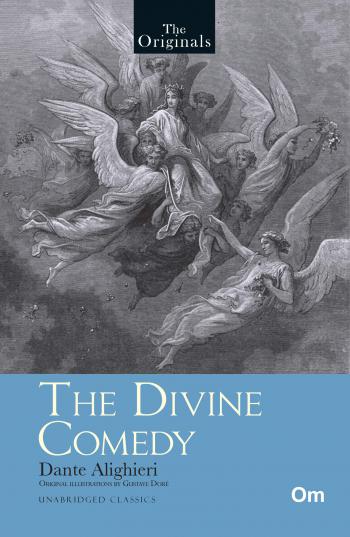The Originals: The Divine Comedy - Om Books
The Divine Comedy, (original name La Commedia), is an epic poem written by celebrated Italian poet Dante Alighieri. Divided into three main sections— Inferno, Purgatorio, and Paradiso—the basic structural unit of The Divine Comedy is the canto. Each canto consists of about 136–151 lines. The poem’s rhyme scheme is the terza rima (aba, bcb, cdc, etc.). So, the divine number of three is present throughout The Divine Comedy.
The poem traces the journey of a man (thought to be Dante himself) who visits the souls in Inferno, Purgatorio, and Paradiso. He has two guides by his side—Virgil who accompanies him to Inferno and Purgatorio, and Beatrice who introduces him to Paradiso. Dante uses this fictional journey as an effective device to grapple with the larger questions of existence—morality,
sin, redemption, the fall of mankind—as well as to wrestle with his personal demons and Italy’s political dilemmas.
Dante Alighieri (1265–1321) was a renowned Italian poet, prose writer, literary theorist, philosopher, and political thinker. His epic poem, La Divina Commedia (The Divine Comedy), is one of the most celebrated works of world literature. His other notable works include La Vita Nouva, The Banquet, and Literature in the Vernacular. Dante started writing poetry at a very young age and dedicated most of his poems to Beatrice, a girl he met when he was nine years old. Facing execution in his hometown of Florence due to his political activities, he moved to Ravenna, Italy,
where he remained till his death in 1321.
Author:
Dante Alighieri
Publisher:
Om Books International
X-ISBN:
9789353764234
